In 1936 the Poles opened a parachute training school at Legionowo near Warsaw, run on the same lines and much influenced by the Russian experience. Development was cut short by the German invasion in September 1939.
A cadre of parachute instructors escaped to England and formed a Polish training section at RAF Ringway and were able to impart valuable technical knowledge during the formative stage of British airborne development after June 1940.
The 1st (Polish) Independent parachute Brigade was created in Scotland in September 1941 under the command of Major General Stanislaw Sosabowski. Jump training was conducted by Polish instructors in Scotland, who like Glider Pilots, rejoined their unit on operations.
It was anticipated the Polish Brigade would eventually be deployed as part of the liberation of Poland. By mid Spring 1944 the Brigade’s parachute training was completed. A frustrating period of inaction followed as operations were cancelled due to the speed of the Allied progress in France and Belgium. For political and logistical reasons the Brigade was not permitted to support the popular Polish uprising in Warsaw that began in August. Instead in September 1944 they were committed to the battles around Arnhem during Operation MARKET-GARDEN.
The Brigade anti-tank battery was already lost during a contested fly-in two days before when the 2nd Battalion and elements of the 3rd dropped at Driel, opposite Arnhem on the south bank of the Lower Rhine on 23 September. This caused a radical dislocation of the German siege around the cut off 1st Airborne Division in Oosterbeek, ensuring its further survival by a few more days.
Having established a ‘hedgehog’ defensive perimeter on the south bank the Poles managed to ferry 200 paratroopers across the river to support the Oosterbeek defence. They covered the withdrawal of the 1st Airborne Division during the night of 25/26th September, after being reached by the advance elements of the approaching British XXX Corps ground advance. The Brigade lost 23% of its fighting strength, which amounted to 400 casualties.
In 1945 the Brigade was attached to the Polish 1st Armoured division and undertook occupation duties in northern Germany until 30th June 1947 when the unit was disbanded. Most of the Polish soldiers remained in exile in England.
The Polish 6th Air Assault Brigade is the present day successor to the war-time Brigade. On 31st May 2006 the Dutch Royal Family awarded Holland’s highest military award, The Military Order of William, a rare honour, to Major General Sosabowski and his unit for its distinguished and outstanding acts of bravery, skill and devotion displayed during Operation MARKET-GARDEN.
Polish Airborne Forces
Newsletter Signup
Donate
Donate
Make a donation to Airborne Assault ParaData to help preserve the history of The Parachute Regiment and Airborne Forces
The Airborne Shop
The Airborne Shop
The Airborne Shop is the official shop of Support Our Paras (The Parachute Regiment Charity RCN1131977).
Profits from all sales made through our shop go directly to Support Our Paras, so every purchase you make with us will directly benefit The Parachute Regiment and Airborne Forces.

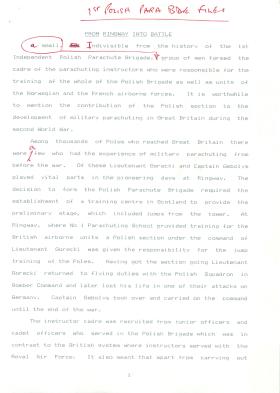
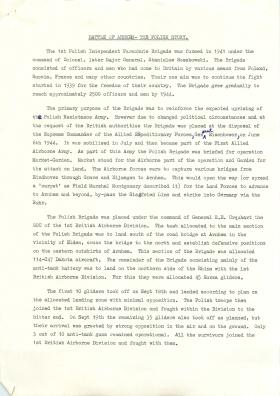
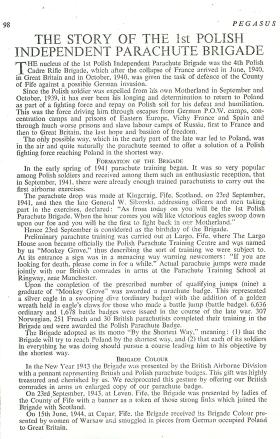
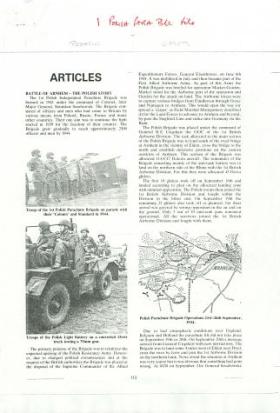
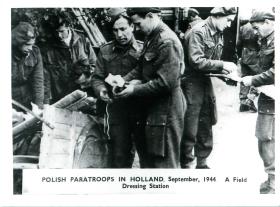
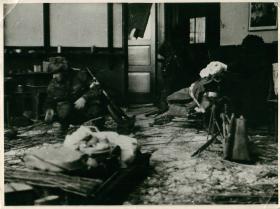
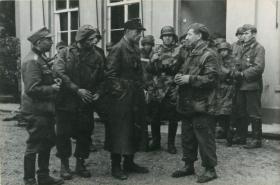
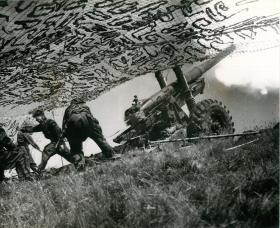
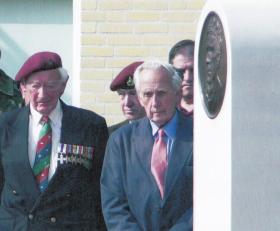
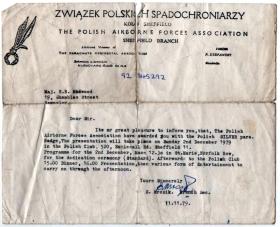
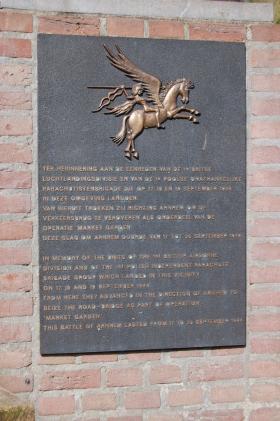
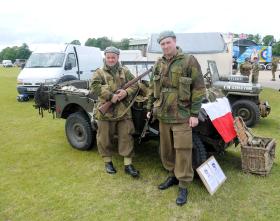
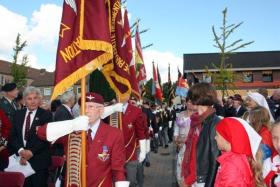
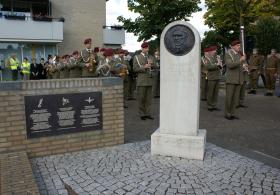
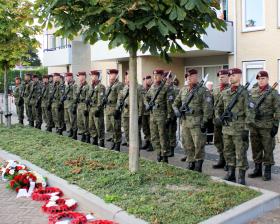
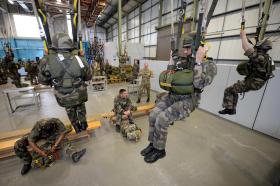
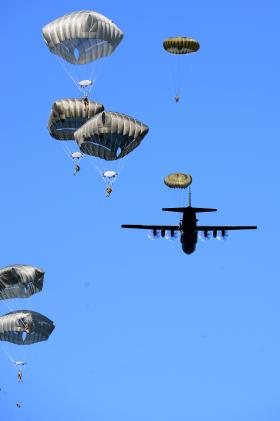
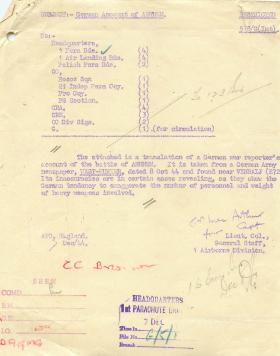
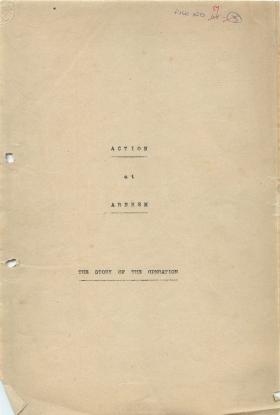
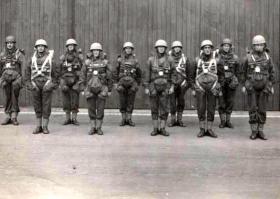
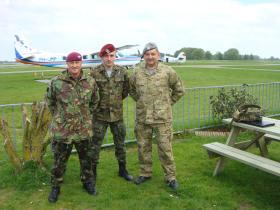
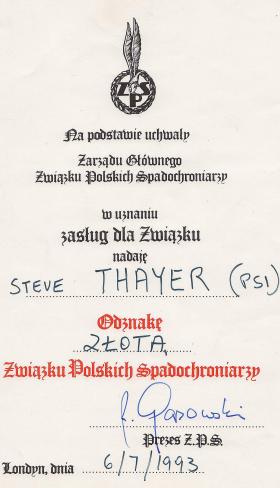




Latest Comments
There are currently no comments for this content.
Add Comment
In order to add comments you must be registered with ParaData.
If you are currently a ParaData member please login.
If you are not currently a ParaData member but wish to get involved please register.